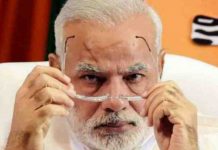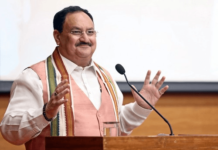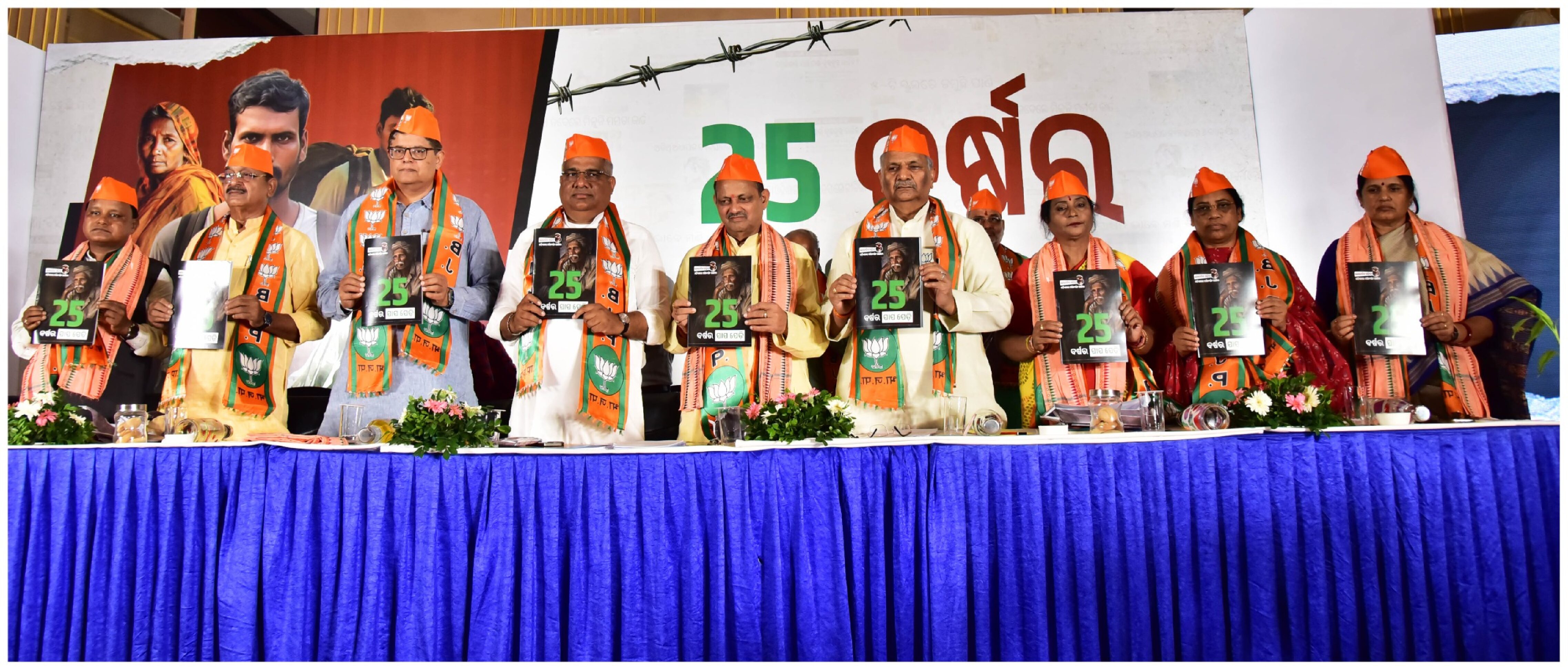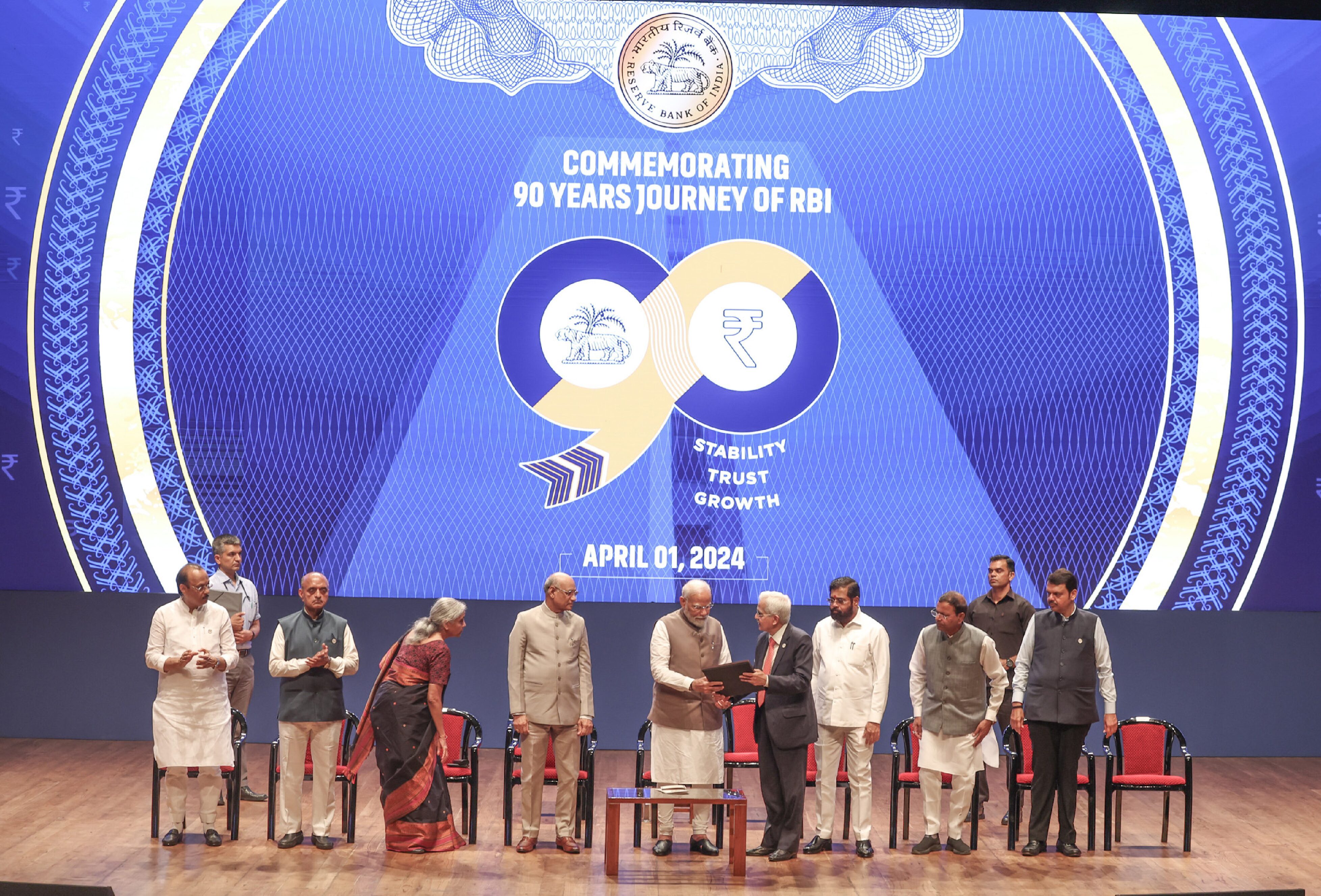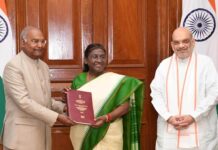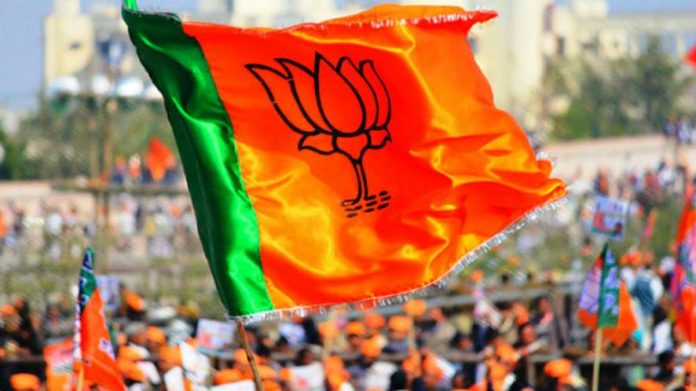The results of the 2019 Lok Sabha elections give a fair idea of the growth and popular outreach of the BJP. From about 7.74% popular vote in 1984, the first national general election the party contested, the BJP’s vote share increased to 37.46% in the 2019 elections.
The Narendra Modi-led BJP is on the upswing, its latest success being in Gujarat the home state of the Prime Minister. The story of the party began in 1984 with just 2 Lok Sabha seats. From there it has gone on to become the top political party of India. It has won two successive mandates in 2014 and 2019 and seems all set to win in 2024.
The party’s real expansion started with a huge win in the 2014 Lok Sabha polls. At its peak in 2018, the BJP-led National Democratic Alliance (NDA) governed 21 states, covering 70% of the population and 76% of India’s territory. Currently, with its victory in the assembly elections in Uttar Pradesh, Uttarakhand, Goa and Manipur, the NDA is now ruling in 17 states and 1 union territory which accounts for 44% of the country’s geographical area and more than 49.5 per cent of its population.
Once virtually non-existent south of the Vindhyas, the party today rules Karnataka. It also has governments in Assam and Tripura. While it is the main opposition party in West Bengal it continues its efforts to get a secure foothold in southern states like Telangana, Andhra Pradesh and Tamil Nadu continue unabated. Talking of its eastward push after Assam, Tripura and West Bengal Odisha is high on BJP’s agenda.
The phenomenal rise of BJP in India has been variously interpreted and analyzed with most experts agreeing that the decay of the once-dominant Congress and the failure of regional parties and non-Congress non-BJP parties to forge stable governments have contributed significantly to the growth of the saffron party in India. Equally important has been BJP’s ability to adapt itself to changing times. The popularity of its supreme leader, Prime Minister Narendra Modi is the icing on the cake.
The BJP’s victory in 2014 Lok Sabha elections was significant because of a number of reasons. First and foremost it reversed the trend of coalition governments being formed in the country for a long time because of the inability of any one party to secure a comfortable majority on its own. In those elections the BJP secured a majority of seats in the Lok Sabha on its own. The party further consolidated its position in 2019. This was possible because of the steep decline in the fortunes of Congress, the main opposition party, and a general disarray in the opposition ranks.
The results of the 2019 Lok Sabha elections give a fair idea of the growth and popular outreach of the BJP. From about 7.74% popular vote in 1984, the first national general election the party contested, the BJP’s vote share increased to 37.46% in the 2019 elections. The BJP-led National Democratic Alliance (NDA) polled 44.84% vote. The party’s expansion in terms of geographical area also increased during this period. In 2019, the party contested in all states and union territories, either on its own or with its allies. Of the 34 states and union territories in which it fielded candidates, the party polled half or more than half of the votes in 14 states and union territories. The number goes up to 17 for the NDA.
The number of seats the BJP won with more than 50% of the popular vote has increased over the years, from 35 in 1996 to 224 in 2019. The party also claims a membership of 11 crore, the largest for any party in the political history of the world. In fact, politicians around the world can draw lessons from the rise of the BJP in India. It has gained not only from the decline of the Congress but also from the failure of the non-Congress and non-BJP parties to throw up a credible alternative.







